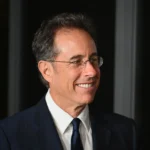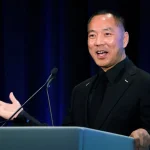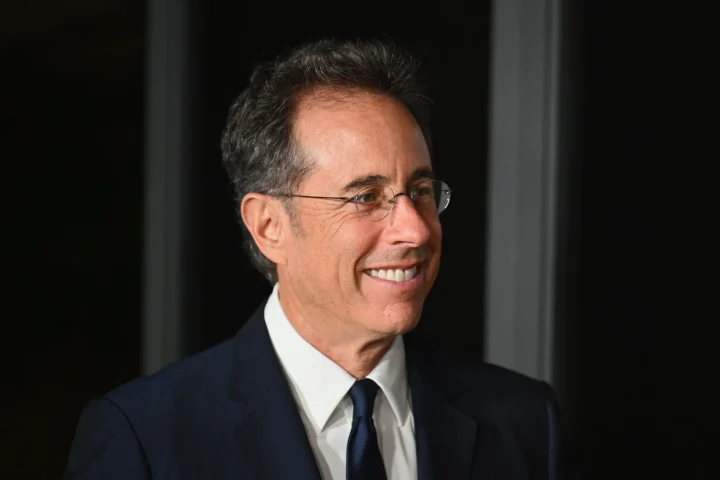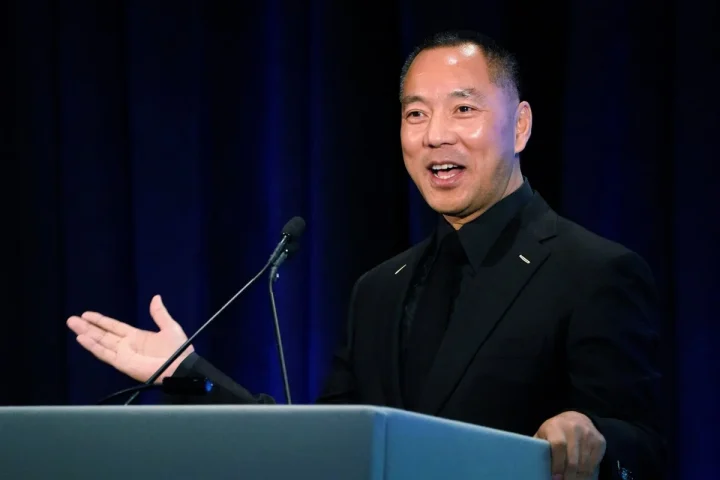Steve Ballmer, the high-wattage former CEO of Microsoft, is synonymous with the transformation of one of the world’s most influential technology companies. From 2000 to 2014, Ballmer steered Microsoft through a period of unprecedented growth and innovation, leaving an indelible mark on the company’s history.
Ballmer’s journey with Microsoft began in 1980 when he joined the company as employee No. 30. A Harvard graduate who dropped out of Stanford’s MBA program to pursue his entrepreneurial ambitions, Ballmer quickly became an integral part of the Microsoft team. Working closely with co-founder Bill Gates, Ballmer played a pivotal role in shaping the company’s vision and strategy.
As CEO, Ballmer’s leadership style was characterized by his boundless energy and unwavering commitment to Microsoft’s success. He was known for his passionate and dynamic speeches, often electrifying audiences with his enthusiasm for the company’s products and initiatives. Under his guidance, Microsoft experienced significant expansion and diversification, venturing into new markets and forging partnerships with key industry players.
One of Ballmer’s most notable achievements was the successful launch of the Windows XP operating system in 2001. This iconic release introduced a more user-friendly interface and improved performance, solidifying Microsoft’s dominance in the PC market. Ballmer’s emphasis on innovation and user experience helped drive the widespread adoption of Windows XP and cemented Microsoft’s position as a leader in the technology industry.
During his tenure, Ballmer also oversaw the development and release of other groundbreaking products, including the Office Suite, Xbox gaming console, and Azure cloud computing platform. His strategic investments in these areas positioned Microsoft for long-term growth and ensured its relevance in an ever-evolving digital landscape.
Beyond product innovation, Ballmer prioritized cultivating a culture of diversity and inclusion within Microsoft. Recognizing the value of diverse perspectives and talents, he championed initiatives to foster a more inclusive workplace. Under his leadership, Microsoft made strides in increasing the representation of women and underrepresented minorities in its workforce, setting an example for other tech companies to follow.
However, Ballmer’s tenure as CEO was not without challenges. The rise of mobile technology and the rapid growth of companies like Apple and Google posed significant competition to Microsoft’s dominance. Despite efforts to enter the mobile market with the Windows Phone platform, the company struggled to gain traction and ultimately fell behind its competitors.
In 2014, Ballmer announced his retirement as CEO, marking the end of an era for Microsoft. While his leadership left an enduring impact on the company, his departure signaled a new chapter in Microsoft’s history, one that would be shaped by a new generation of leaders.
Today, Steve Ballmer continues to be involved in philanthropy and social initiatives. Through his foundation, he has dedicated resources to various causes, including education and public health. His commitment to giving back and making a positive difference in society reflects his belief in the power of technology to transform lives.
Steve Ballmer’s contributions to Microsoft and the technology industry as a whole cannot be overstated. His visionary leadership, relentless drive, and passion for innovation propelled Microsoft to new heights. While his time as CEO may be over, his legacy lives on, serving as a source of inspiration for future leaders and reminding us of the transformative potential of technology.
In conclusion, Steve Ballmer’s tenure as the CEO of Microsoft marked a period of significant growth and innovation for the company. His leadership and strategic vision guided Microsoft through various challenges and propelled it to the forefront of the technology industry. As an accomplished entrepreneur and philanthropist, Ballmer’s contributions extend beyond the corporate world, leaving an enduring legacy of innovation.















